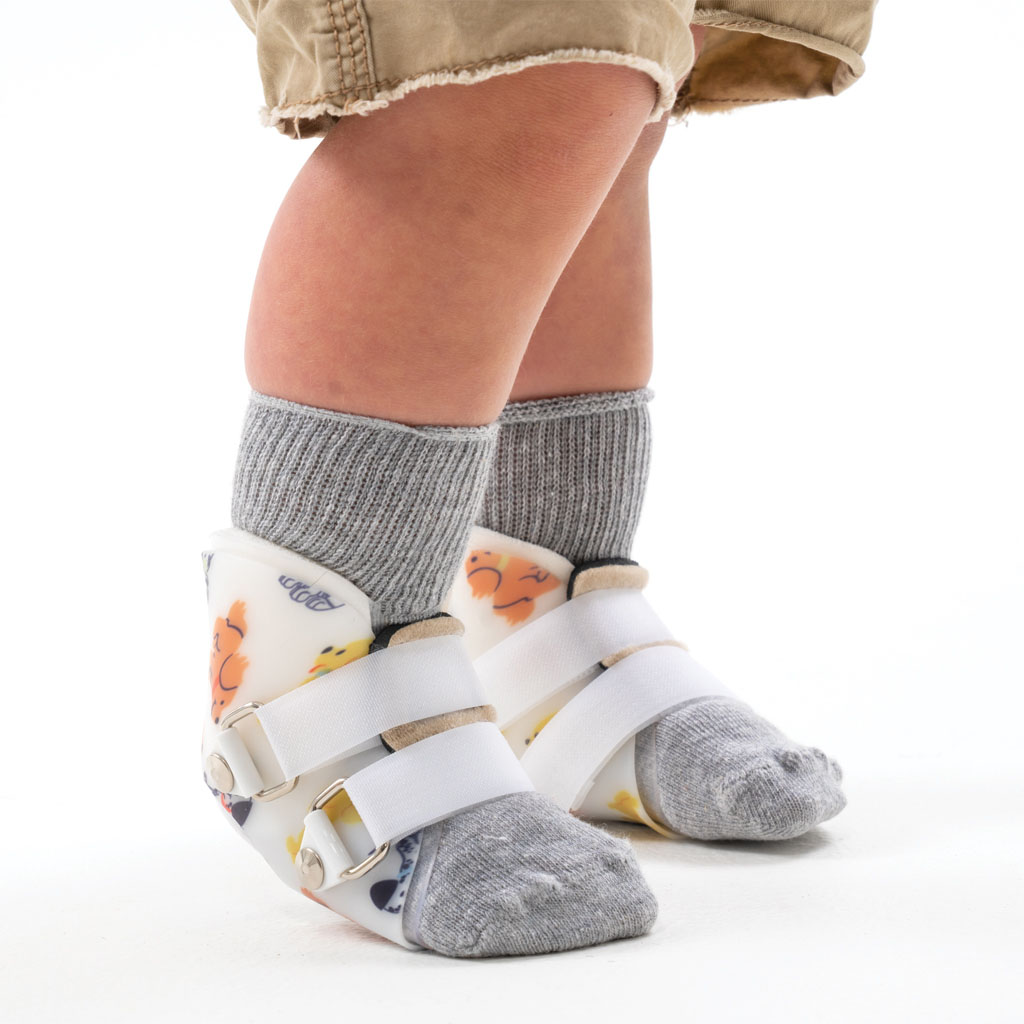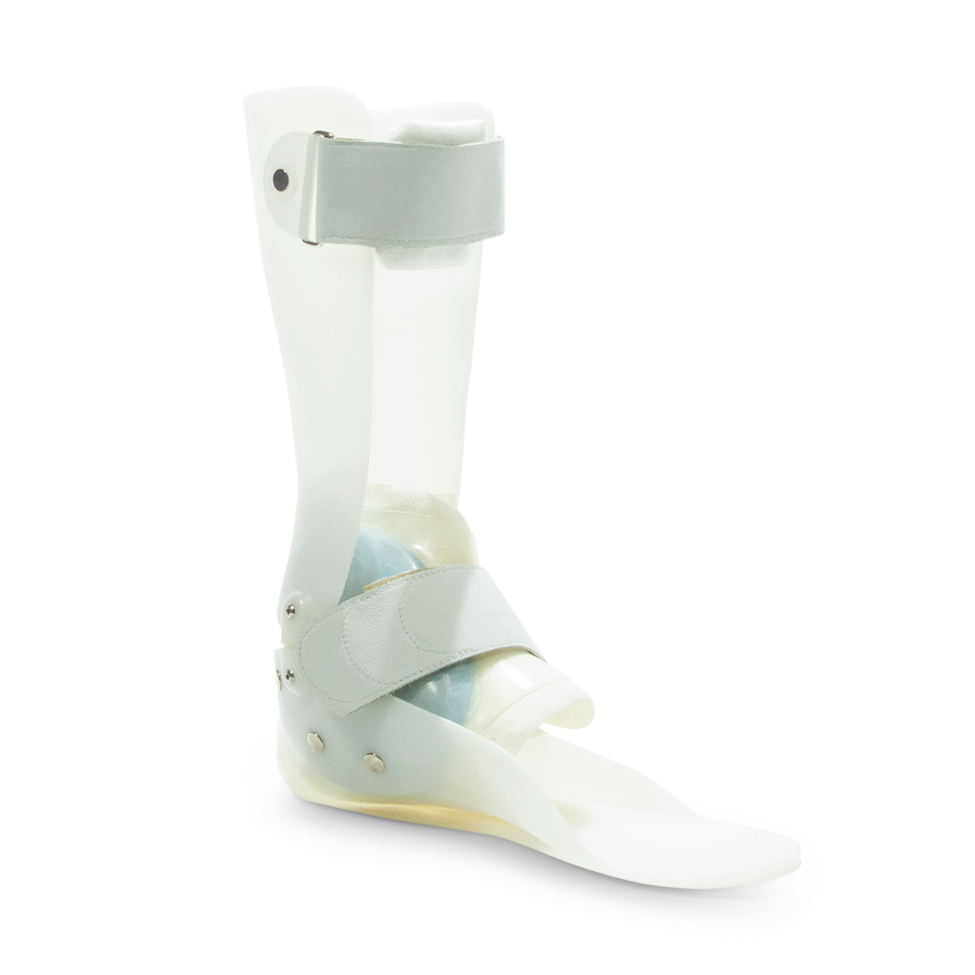Not known Factual Statements About Foot Braces
Not known Factual Statements About Foot Braces
Blog Article
Excitement About Foot Braces
Table of ContentsThe 9-Second Trick For Foot BracesNot known Facts About Foot BracesNot known Facts About Foot Braces
(1) History: ankle-foot orthosis (AFO) is the most commonly prescribed orthosis to people with foot decline, and ankle and foot troubles. In this research, we aimed to review the generally made use of types of AFO and present the current development of AFO. (2) Techniques: narrative evaluation. (3) Outcomes: AFO stops the foot from being dragged, offers a clearance in between the foot and the ground in the swinging stage of gait, and preserves a steady stance by enabling heel call with the ground during the position phase.By putting thermoformed plastic to cover the favorable plaster version, it generates the orthosis in the exact form of the version. PAFO commonly includes a shank shell, foot plate, and Velcro strap, with hinges on ankle joints as required [13,14] PAFO can be identified according to the visibility of joints, mainly as solid ankle types without joints and pivoted ankle kinds with added joints.
The leaf-like creases are intended to enhance the component of the ankle joint with the most amount of useful reference activity and duplicated loadings. The folds act as a spring in the ankle joint that enables minor dorsiflexion in the mid and terminal straight from the source stances, and this flexibility can also partially help the push-off feature in the incurable stance.

Getting The Foot Braces To Work
The plantarflexion can likewise be entirely limited by suitable the coverings at 90 without space in between. The Gillette joint, like the Oklahoma joint, connects a separate shank covering with the foot covering, allowing both plantarflexion and dorsiflexion. HAFO is widely utilized browse around this web-site in kids with abnormal diplegia and people with abnormal hemiplegia after stroke, as it can stretch the ankle plantar flexor to decrease tightness and minimize topsy-turvy muscle-response patterns.
